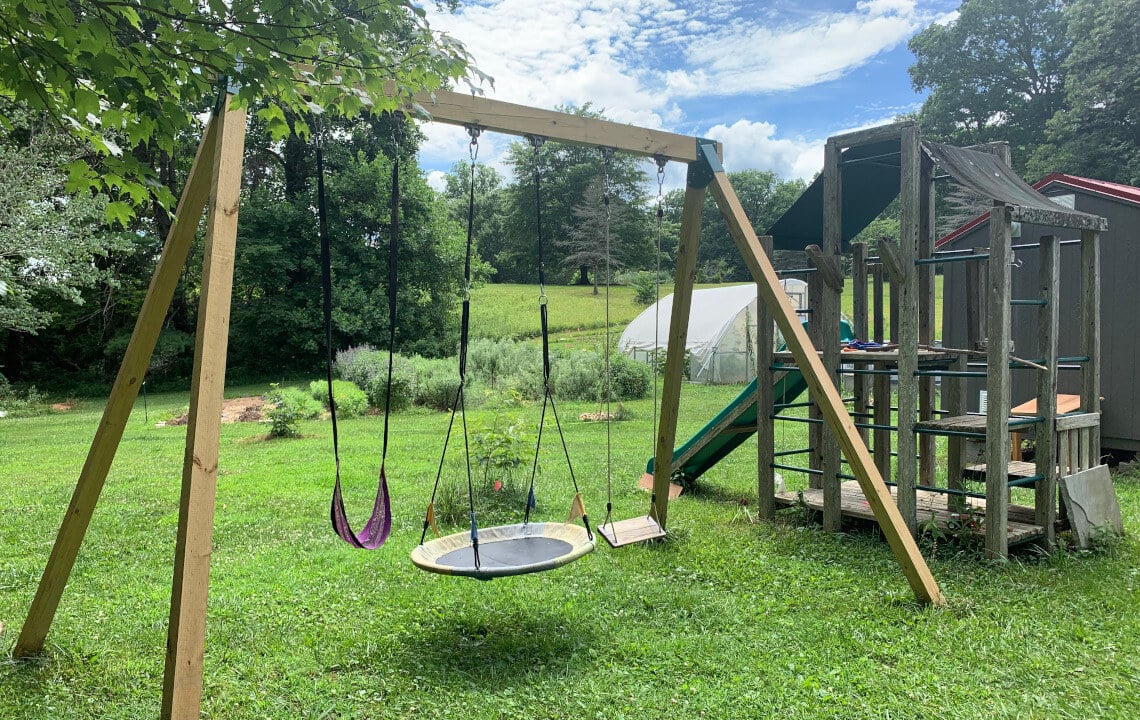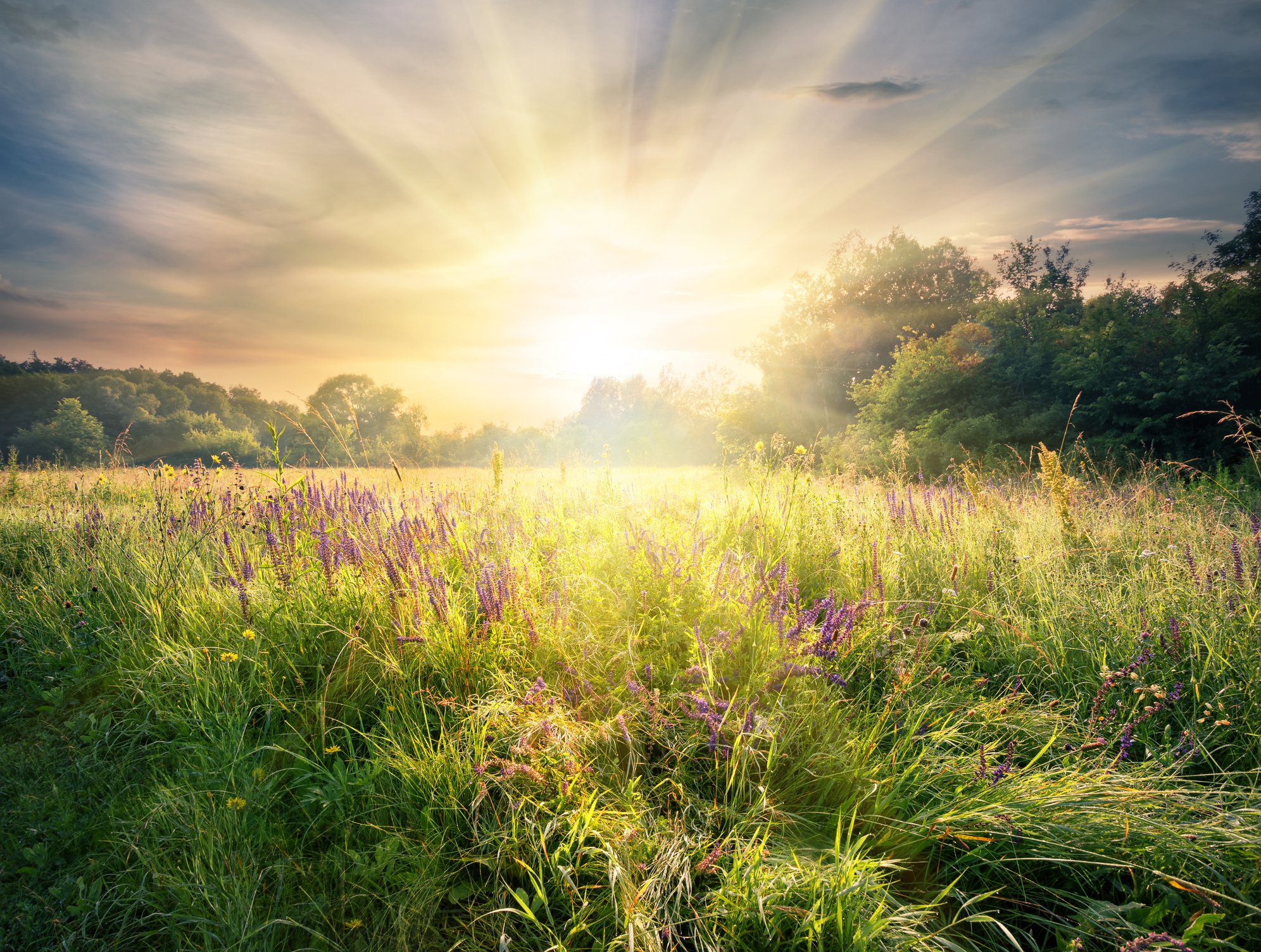You can get more vegetables – and better quality plants – from your garden by taking steps to plan out what you will do ahead of time. Our outdoor expert offers tips and reviews tools to help you master plan your garden this year.
Take a positive approach to gardening in 2019. A little planning and preparation will increase your garden’s yields and the quality of your vegetables. There are numerous aids available to help you in doing a better job of planning.
Tip 1: Measure and do a scale layout of your garden space
Rather than tilling the soil and planting randomly this season, take the time to measure and create a scale drawing of your garden space. By doing this and pre-determining how much of each item to plant, you will increase the variety and have a much more satisfying experience.
By examining the space and being realistic about how much of each item to plant, you can select varieties that best meet your expectations. A small garden can yield a surprising harvest if the right varieties, with faster maturity dates and good crop rotation, are selected.
Tip 2: Online resources including ag college websites provide vital gardening information specific to your location
Agricultural colleges and universities have extension services that provide information such as frost free dates by region, how much of a certain type of vegetable is required per-person, how much seed this requires, recommended row spacing, planting depth and the approximate days to harvest. By analyzing this information, an intelligent approach can be developed to assure that your garden will best meet your expectations. The date to harvest information will help you to achieve the best crop rotation to maximize yield.
Clemson University is located in my home state of South Carolina, and their extension service publications have been a great help to me in garden planning. The publications are free and much of the information is available online. Topics include general gardening tips, pruning methods, weed identification and many additional topics of interest to gardeners.
These resources often provide additional information about canning, freezing and drying techniques to preserve this delicious bounty for colder months. Information about cold hardy plants will also help in planning to extend your gardening season.
A list of world-wide agricultural universities and colleges is available on Wikipedia.org. In addition, Mother Earth News has an interactive garden planning service called "The Vegetable Garden Planner - Design Your Best Garden Ever." Their service has a seven-day free period and thereafter incurs a fee for use.

Tip 3: Remember the importance of soil pH
Soils with heavy alkalinity or acidity require plants that are specifically adapted to that type of soil. In the real world, it is usually better to try to maintain soil in a neutral range. On a scale of 0 to 14, 7 is considered neutral.
It is wise to test soil for pH and kits are available commercially to accomplish this.
Option 1: Professional soil test
For the most accurate test, which will be processed for little or no cost by your local extension office, use these soil pH testing tips from our interview with an East Texas-based county extension agent:
- Go at least 4-6 inches into the ground
- Obtain soil from the bottom, middle and top part of angled ground
- Sift through the dirt to remove plant residue
- Let the soil dry completely by spreading it on newspaper
- Don't use a metal or galvinized container
There may be a several-month delay in processing the soil. If you'd like results sooner, there are methods for contriving your own home test procedures.
Option 2: The Vinegar and Baking Soda Soil Testing Method
By using vinegar and baking soda, you can determine approximately the pH of your soil. This method is outlined at https://preparednessmama.com/testing-your-soil-ph-without-a-kit. The method might not yield the accuracy of a purchased pH kit, but will tell you the approximate range of pH in your soil.
To try it, collect soil from various spots in your garden and blend it evenly. Put two teaspoons each of soil into two separate containers. Add 1/2 cup of vinegar to one of the containers. If it fizzes, the pH is likely between 7 and 8, which is slightly alkaline.
If it doesn't fizz, add two teaspoons of water to the second container of soil. Stir until muddy. Add 1/2 cup of baking soda. If it fizzes, it is likely acidic, between 5 and 6 on the pH scale.
Option 3: The Cabbage Water Soil Test
Another method is to add one cup of red cabbage to two cups of water and simmer for five minutes. After removing from heat, allow to cool. Strain liquid (color will be bluish-purple). This solution will be neutral with a pH of 7.
Place two teaspoons of blended garden soil in a container. Cover soil completely with water from cabbage. Stir the solution and soil together and after 30 minutes, check the color. If it is pink, your soil is acidic. If it turns green/blue, it is alkaline.
Different plants require different soil pH, but in a garden situation it is easiest to try to maintain a neutral pH to get the overall best performance.
Amending the soil for the optimal pH
Organic matter and other amendments may be added to the soil to adjust pH. Adding organic matter to the soil usually helps to move the pH closer to neutral.
Many of the principles that apply to vegetable gardens may also be applied to ornamentals. Beds in particular should have species that have similar requirements. Plants and shrubs that are in separate areas can have amendments added that cater to their preferences for acid or alkaline soils.

Additional Factors in the Master Garden Plan
There are many other basic requirements for achieving a successful garden:
- You should incorporate a water system. Most of us are not fortunate to have the best climatic conditions for optimum plant growth. There is little that we can do to limit rainfall, but by having a good watering system, we can have a positive influence in times of drought.
Sprinkler systems are better than not watering, but a lot of moisture is lost to evaporation. A system of soaker hoses assures that the maximum amount of water reaches the root systems of our vegetables with a minimum of evaporation. This means better yields and lower water bills. - Compost heaps are good bets for adding valuable organic matter to our gardens. By recycling kitchen waste, grass clippings, leaves and other organic matter, we can improve the quality of our garden soil. When using kitchen waste, do not save cooked foods, as they attract rodents, and are not suitable for composting. By increasing organic matter, we also improve the capability of the soil to retain moisture.
Expectations
Seeing the regeneration of nature each spring and watching seedlings emerge from the soil is captivating. We plan, plant and nurture our gardens. There is something special about seeing new life burst forth from the ground, from what appears to be a dead, inert seed.
If we are going to invest our sweat equity into gardening, then it is in our interest to do the necessary planning to make it the best it can be.




.jpg)




















